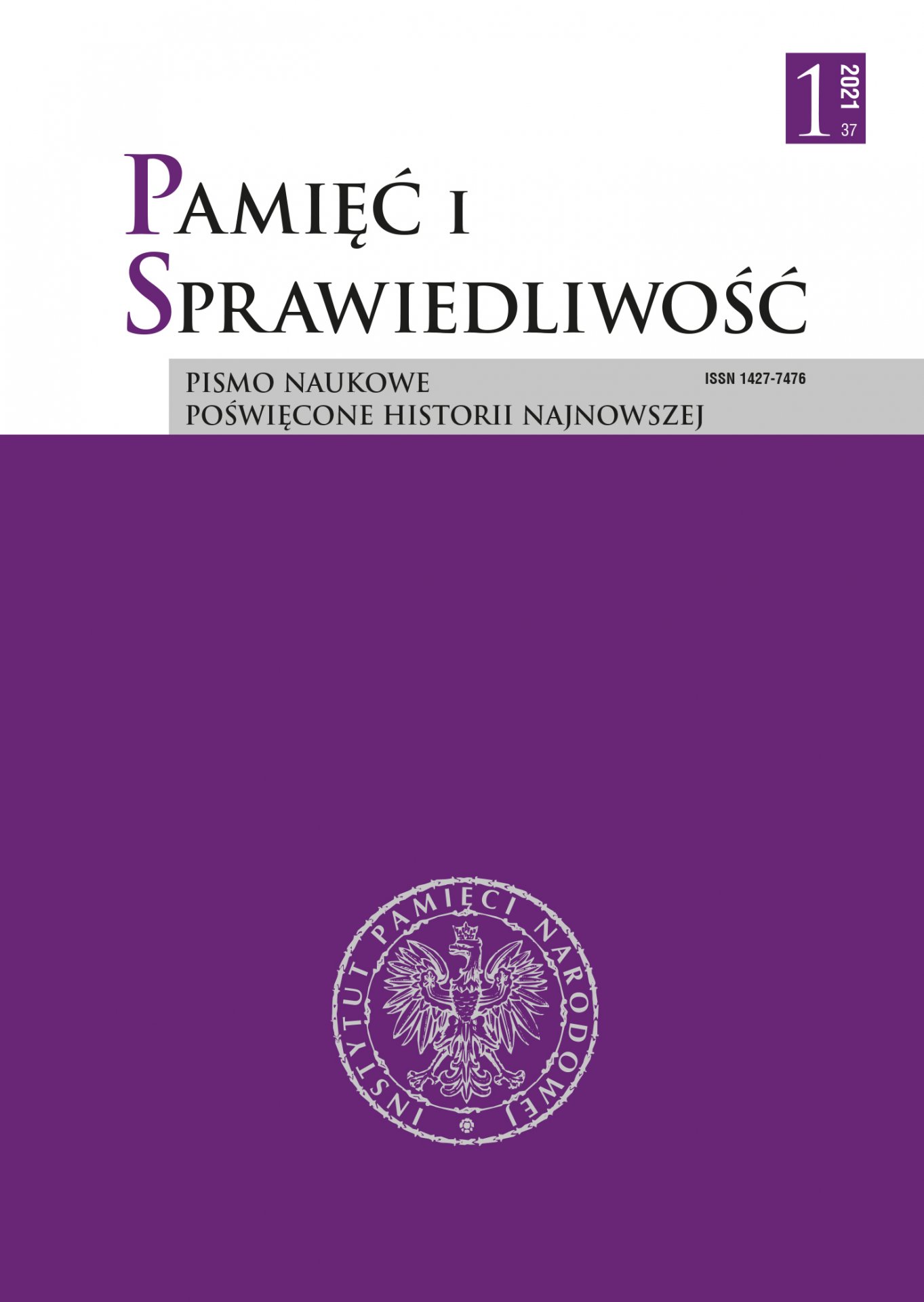„Kościoła nie było – babki zbierały się po domach…”. Krajobraz religijny Kazachskiej SRS i sytuacja tamtejszego katolicyzmu w świetle dokumentów archiwalnych i relacji kazachstańskich Polaków.
‘There Was No Church; Old Women Congregated in Their Houses…’. The Religious Landscape of the Kazakh Soviet Socialist Republic and the Situation of Catholicism There in Light of Archival Documents and the Accounts of Poles from Kazakhstan.
Author(s): Jerzy RohozińskiSubject(s): History
Published by: Instytut Pamięci Narodowej
Keywords: Catholicism and Poles in Kazakhstan;the religiosity of the “special deportees,”;religious legislation in the USSR;the religious landscape of the Kazakh Soviet Socialist Republic;the Soviet Council for
Summary/Abstract: During the Soviet era, Kazakhstan, which is home to more than one hundred ethnic groups, was a kind of laboratory in which gigantic social experiments were performed. After the brutal collectivization and forced sedentism of the nomads in 1931–1939, the following groups were deported to the republic: Poles and Germans from the Ukrainian Soviet Socialist Republic in 1936, Koreans from the Far East in 1937, and the “punished nations” from the Caucasus in 1943–1944. The last wave of migrations took place in the late 1950s and early 1960s and was related to Khrushchev’s project of “reclamation of the Tselina.” This was accompanied by the gradual liberalization of the position of the “special deportees.” In the ethno-religious hierarchy of Kazakhstan, Catholics occupied the lowest rung. Lacking the possibility to participate in the religious revival that accompanied the patriotic mobilization of the “Great Patriotic War,” Catholics in Kazakhstan were sentenced to spend many long years in the underground. They asked for legalization fairly late, in the 1970s.
Journal: Pamięć i Sprawiedliwość.
- Issue Year: 37/2021
- Issue No: 1
- Page Range: 100-125
- Page Count: 26
- Language: Polish

